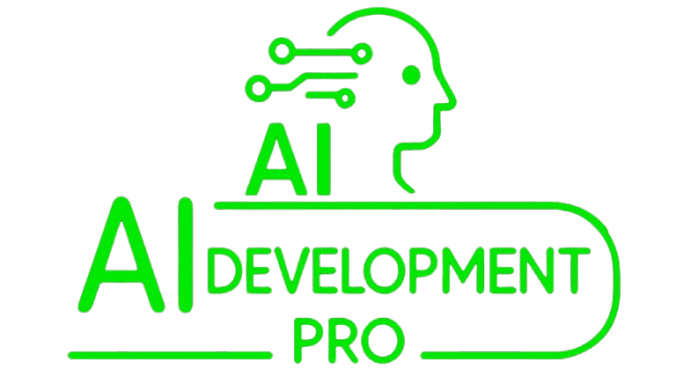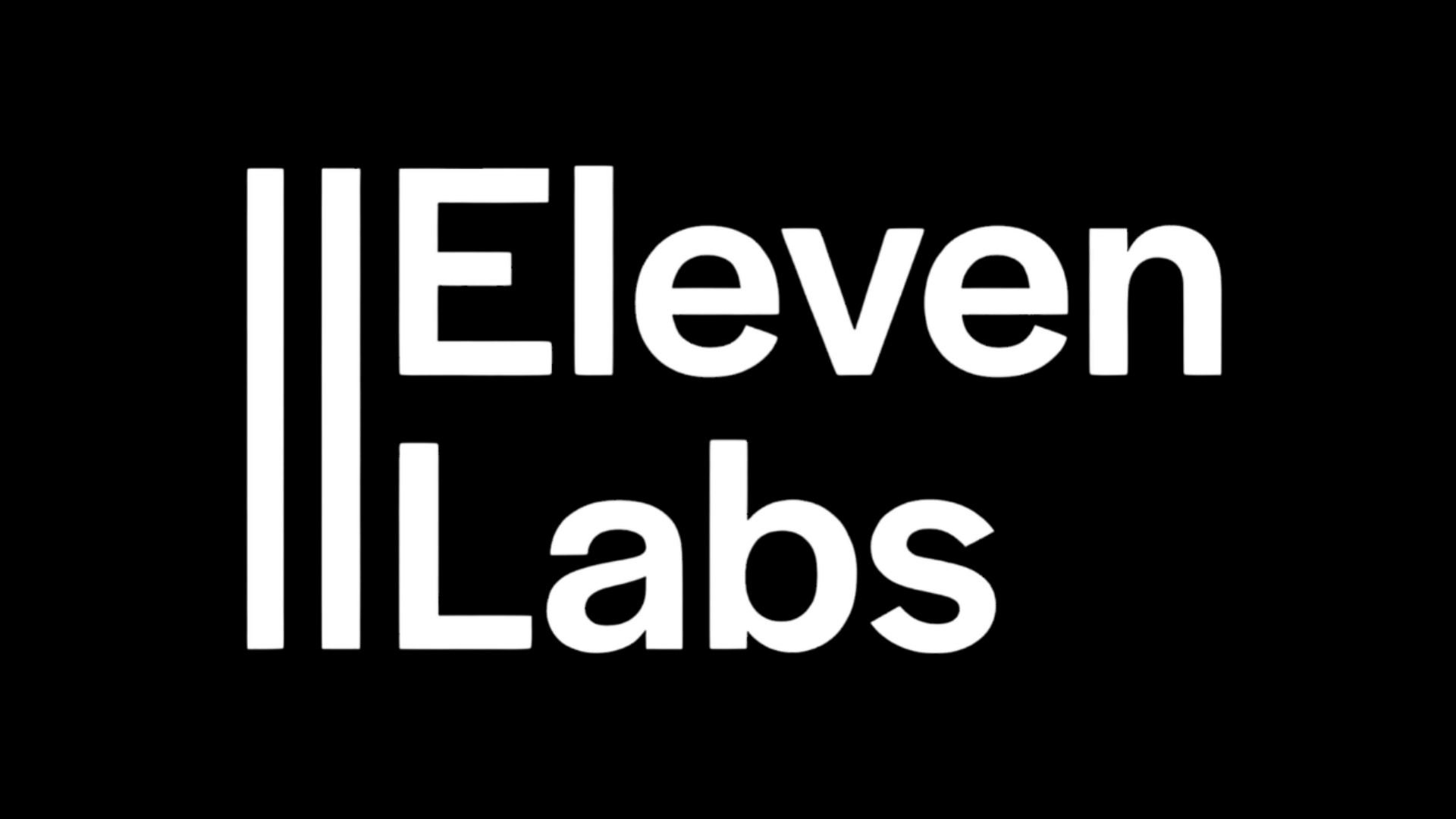

Vercel Developer Tools & Integrations Guide
Unlocking Developer Opportunities and Integrations with Vercel
In the rapidly evolving landscape of web development, leveraging the right platform can significantly enhance productivity, scalability, and deployment efficiency. Vercel stands out as a premier solution for modern developers, offering a suite of tools designed to streamline workflows and integrate seamlessly with popular frameworks and services. This article explores the extensive developer opportunities and integrations available with Vercel, providing insights into how it can transform your development process in 2025.
Understanding Vercel's Core Offerings
Vercel is a cloud platform for static sites and serverless functions that enables developers to build, scale, and secure web applications with unparalleled ease. At its heart, Vercel provides a robust deployment pipeline, global content delivery network (CDN), and intuitive collaboration features. It supports frameworks like Next.js, React, Vue, and many others out of the box, allowing teams to focus on writing code rather than managing infrastructure. The platform's emphasis on performance is evident through features such as automatic optimizations, image optimization, and incremental static regeneration, which ensure that applications load quickly and remain responsive under varying traffic conditions. By abstracting away complexities associated with server management, Vercel empowers developers to deploy projects with a simple git push, making it an ideal choice for both individual developers and enterprise teams.
Seamless Integration with Development Workflows
One of Vercel's strongest suits is its ability to integrate smoothly into existing development workflows. Through direct connections with GitHub, GitLab, and Bitbucket, Vercel automatically deploys updates whenever changes are pushed to linked repositories. This continuous deployment capability reduces manual intervention and accelerates iteration cycles. Additionally, Vercel offers preview deployments for every pull request, enabling teams to test changes in isolated environments before merging them into production. The platform also supports environment variables, allowing developers to manage configuration settings across different stages of development without exposing sensitive information. These integrations foster a collaborative and efficient development process, where feedback is immediate and deployments are frictionless.
Maximizing Performance with Vercel's Edge Network
Performance is a critical factor in user experience and SEO, and Vercel addresses this through its global edge network. By distributing content across numerous locations worldwide, Vercel ensures that users receive data from the nearest server, minimizing latency and improving load times. The edge network also supports serverless functions, enabling developers to run backend code close to users for faster execution. In 2025, Vercel has expanded its edge capabilities to include advanced caching strategies and real-time data synchronization, making it easier to build dynamic applications that perform exceptionally well globally. Utilizing Vercel's performance tools, such as the built-in analytics and speed insights, developers can monitor and optimize their applications continuously.
Enhancing Collaboration and Team Management
Vercel is designed with teamwork in mind, offering features that streamline collaboration among developers, designers, and stakeholders. The platform provides role-based access control, allowing team leads to assign permissions appropriately and manage project access securely. Integrated commenting tools enable contextual feedback directly on deployments, facilitating clear communication and quicker resolutions. Furthermore, Vercel's project dashboards offer visibility into deployment history, performance metrics, and usage statistics, helping teams make informed decisions. For larger organizations, Vercel supports multi-region deployments and advanced security settings, ensuring that collaborative efforts are both efficient and compliant with industry standards.
Leveraging Serverless Functions for Scalability
Serverless computing is a cornerstone of modern application development, and Vercel excels in this area by providing a seamless environment for deploying serverless functions. These functions, written in languages like JavaScript, TypeScript, or Go, can handle API requests, process data, or integrate with third-party services without the need to manage servers. Vercel automatically scales these functions based on demand, ensuring that applications remain responsive during traffic spikes while optimizing costs during quieter periods. The platform also supports edge functions for ultra-low latency, ideal for use cases requiring real-time processing. By incorporating serverless architecture, developers can build highly scalable applications that adapt to user needs effortlessly.
Exploring Advanced Integrations and APIs
Vercel's ecosystem is enriched by its support for numerous integrations and APIs, allowing developers to extend functionality and connect with other tools seamlessly. For instance, integrations with headless CMS platforms like Contentful or Sanity enable dynamic content management, while connections with e-commerce solutions such as Shopify facilitate online store development. Vercel also offers a comprehensive API that allows for custom automation, such as triggering deployments programmatically or fetching deployment metrics. In 2025, new partnerships and expanded API capabilities have made it even easier to incorporate analytics, monitoring, and marketing tools into Vercel-powered projects, providing a holistic development environment.
Practical Tips for Optimizing Vercel Usage
To make the most of Vercel, developers should adopt several best practices. First, utilize the platform's image optimization features to automatically serve modern formats like WebP, reducing bandwidth and improving load times. Second, take advantage of environment variables to manage configuration across different deployment environments securely. Third, implement incremental static regeneration for dynamic content that updates without full rebuilds, enhancing performance and freshness. Additionally, regularly review deployment analytics to identify performance bottlenecks and optimize accordingly. For teams, establishing clear naming conventions for projects and using branch-based deployments can help maintain organization and clarity across multiple initiatives.
Future-Proofing with Vercel's Innovation Roadmap
As web technologies advance, Vercel continues to innovate, offering features that anticipate future needs. Looking ahead to 2025 and beyond, Vercel is investing in enhanced AI capabilities for predictive analytics, deeper framework integrations, and improved developer tooling. The platform's commitment to open standards and community-driven development ensures that it remains at the forefront of industry trends. By adopting Vercel now, developers position themselves to leverage upcoming features such as advanced edge computing, improved collaboration tools, and tighter integrations with emerging technologies, ensuring their skills and projects remain relevant and competitive.
Vercel represents a powerful ally for developers seeking to enhance their workflow, improve application performance, and integrate with a broad ecosystem of tools. Its continuous evolution and focus on developer experience make it an essential platform for modern web development. By embracing Vercel's offerings and staying informed about its advancements, developers can unlock new opportunities and build exceptional digital experiences efficiently.
Support our work by sharing on multiple social platforms. Join our community







